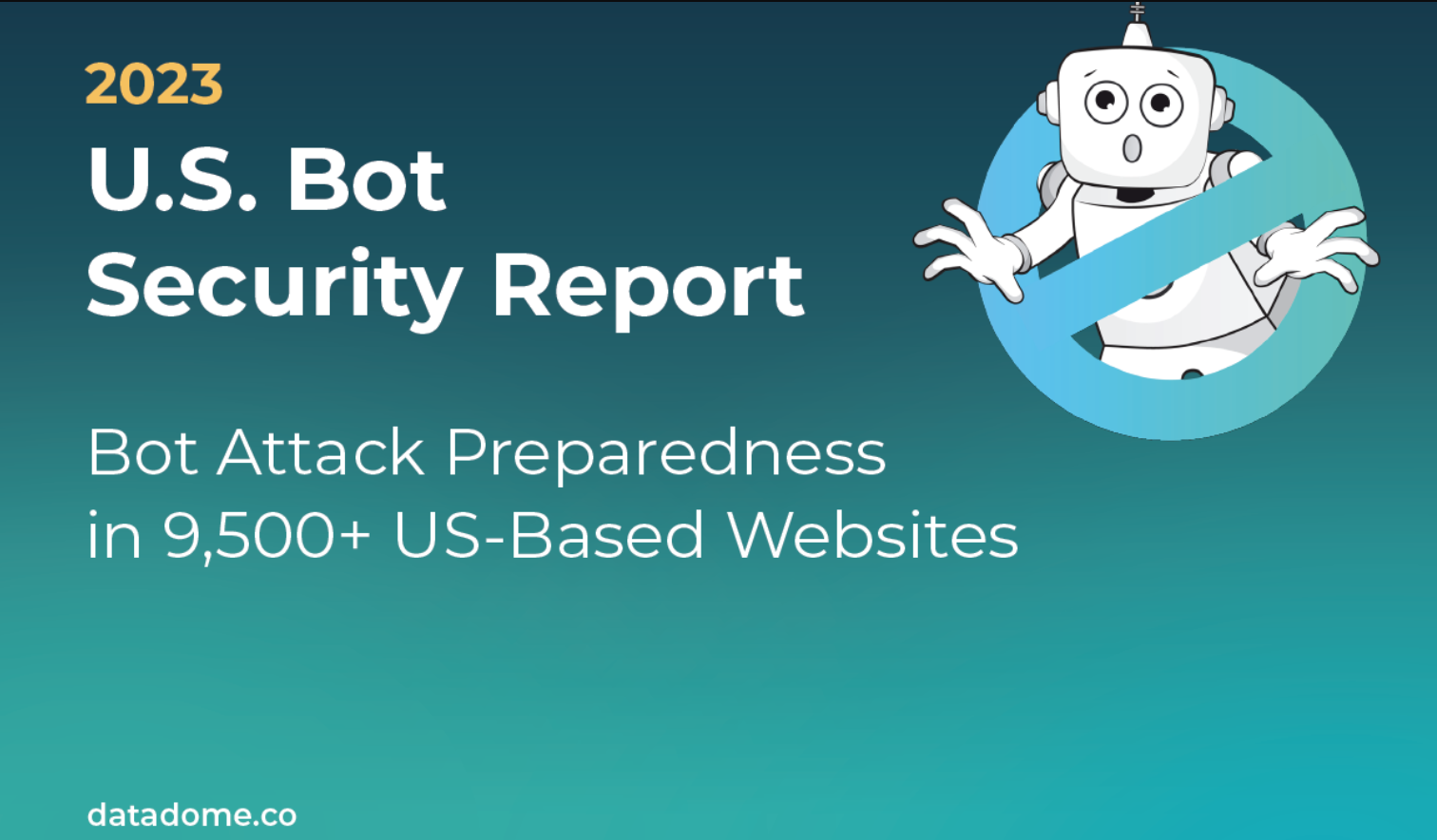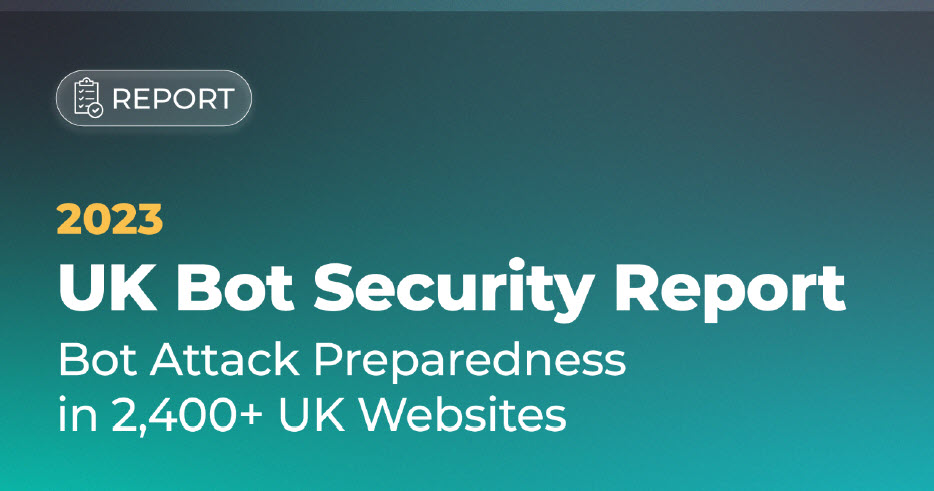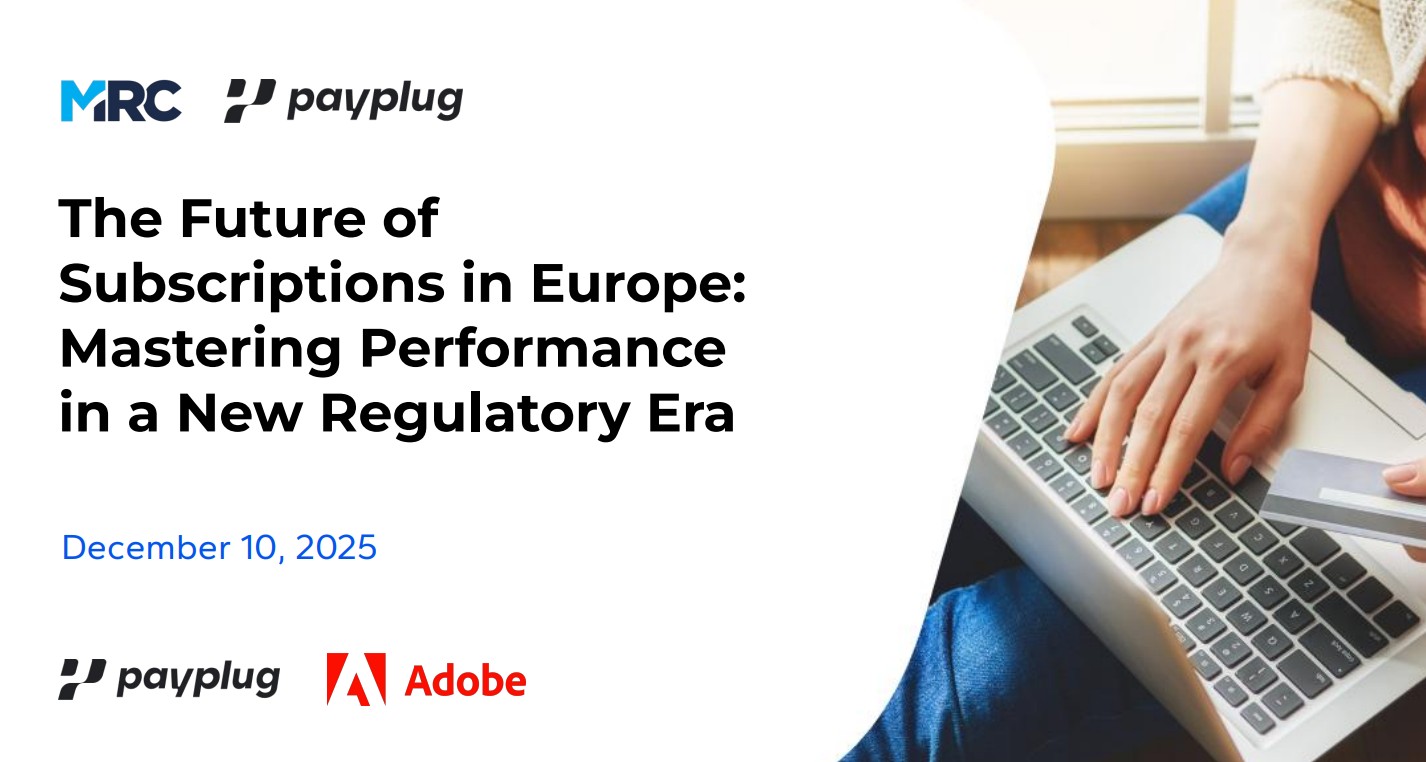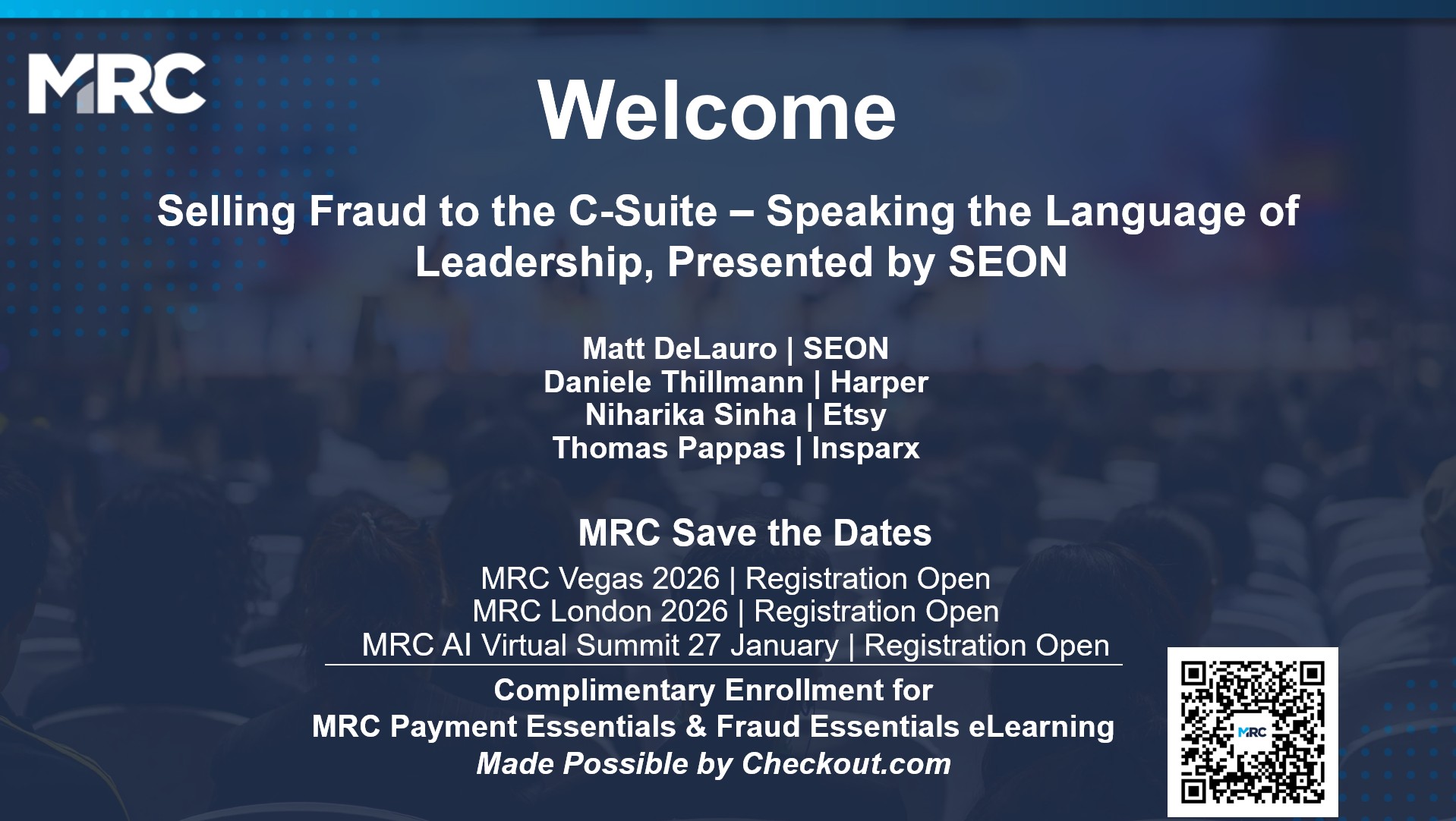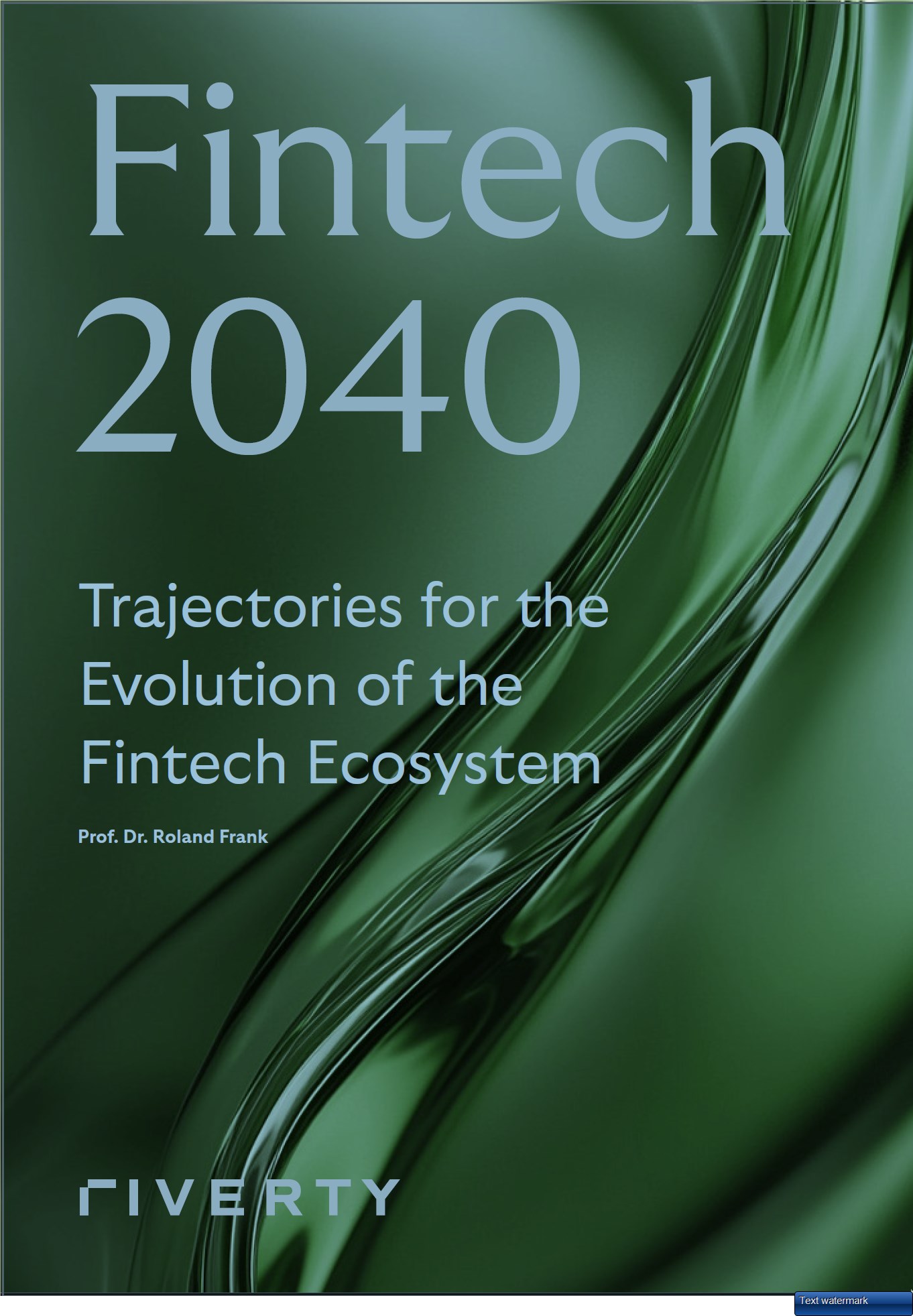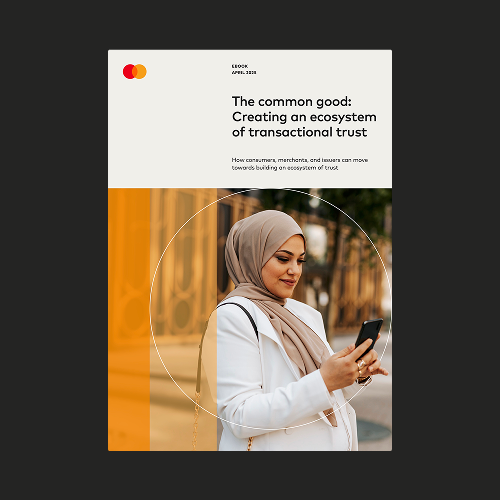Defeat Synthetic Fraud with a Fully Integrated View of Identity
Brands lose billions of dollars every year to account origination and account takeover fraud because they cannot reliably tell the difference between consumer and synthetic identities in remote interactions.
Fraudsters gravitate to synthetic identities because they can easily bypass fraud systems that rely on verifying the linkages between individual identifying attributes (e.g., name, address, phone, etc.) As a result, they can evade detection for long periods of time, building up credit and reputation before committing costly "bust-out" fraud.
Defeating synthetic fraud requires a holistic and stable understanding of the strength, tenure, and frequency of all linkages between a consumer's identifying attributes.
This presentation highlights ways to do exactly that.
Some content is hidden, to be able to see it login here Login





